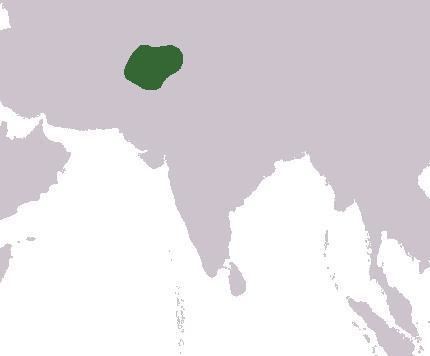Capital Not specified Historical era Ancient Era Disestablished 535 BCE Founded 1500 BC | Government Monarchy Established 1500 BCE Today part of Afghanistan
Pakistan Date dissolved 535 BC | |
 | ||
Gandhara art archeology
Gandhāra (Sanskrit: गन्धार,Pashto: ګندارا, Urdu: گندھارا, Avestan: Vaēkərəta, ) was an ancient kingdom of Purushpura extending to the Swat valley, and potohar plateau regions of Pakistan as well as the Jalalabad district of northeastern Afghanistan, is a kingdom in the epic Mahabharata. The epic Ramayana also mentions it as a western kingdom. Gandhara prince Shakuni was the root of all the conspiracies of Duryodhana against the Pandavas, which finally resulted in the Kurukshetra War. Shakuni's sister was the wife of the Kuru king Dhritarashtra and was known as Gandhari. Gandhara was in modern Pakistan. Puskalavati, Takshasila (Taxila) and Purushapura (Peshawar) were cities in this Gandhara kingdom. Takshasila was founded by Raghava Rama's brother Bharata. Bharata's descendants ruled this kingdom afterwards. During epic period it was ruled by Shakuni's father Suvala, Shakuni and Shakuni's son. Arjuna defeated Shakuni's son during his post-war military campaign for Yudhishthira's Aswamedha Yagna.
Contents
Janamejaya, a Kuru king in Arjuna's line, conquered Takshasila, probably then ruled by the Naga Takshaka. He conducted a massacre called Sarpa Satra meaning the slaughter of the snakes, in which the Naga race was nearly exterminated. This massacre was stopped by a Brahmin named Astika, whose mother was a Naga. Nagas were considered as a super human tribe, in Puranas. Naga literally means a Serpent or a serpent-god. The Nagas could be a group of people who inhabited India during epic periods who worshiped snakes.
It is speculated that another super human tribe called the Gandharvas were originally inhabitants of the Gandhara kingdom. Gandharvas were well versed in music and art. This explains why there is much Gandhara influence in Indian Classical Music. Gandhara form of sculpturing is also famous (very close to Greek sculpturing).The Yadava chief Bala Rama saw many Gandharva settlements on the banks of Saraswati River, not far from Gandhara, during his pilgrimage over Saraswati river basin. The Gandharva Kali and Dwapara, probably were princes from Gandhara. The last two Yugas (prehistoric periods) were named after them. Kuru King Dhritarashtra's wife was from Gandhara (a Gandharvi) well known by the name Gandhari. There was a Gandhrava also by the name Dhritarashtra. (See Gandharva Kingdom).
